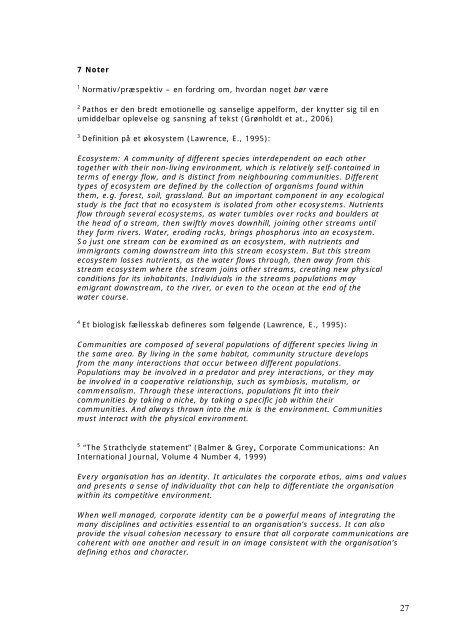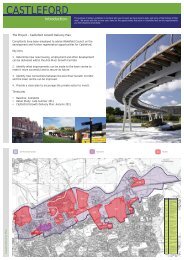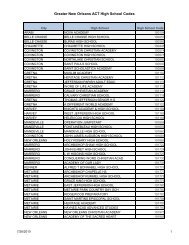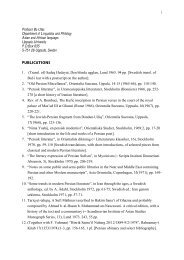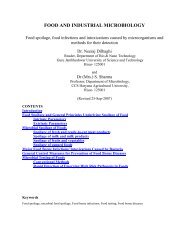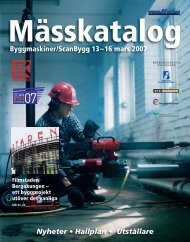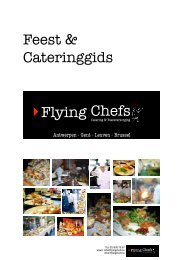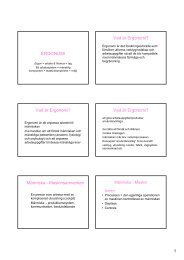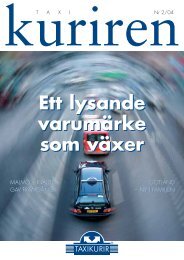Udkast til problemformulering - Syddansk Universitet
Udkast til problemformulering - Syddansk Universitet
Udkast til problemformulering - Syddansk Universitet
You also want an ePaper? Increase the reach of your titles
YUMPU automatically turns print PDFs into web optimized ePapers that Google loves.
7 Noter<br />
1 Normativ/præspektiv – en fordring om, hvordan noget bør være<br />
2 Pathos er den bredt emotionelle og sanselige appelform, der knytter sig <strong>til</strong> en<br />
umiddelbar oplevelse og sansning af tekst (Grønholdt et at., 2006)<br />
3 Definition på et økosystem (Lawrence, E., 1995):<br />
Ecosystem: A community of different species interdependent on each other<br />
together with their non-living environment, which is relatively self-contained in<br />
terms of energy flow, and is distinct from neighbouring communities. Different<br />
types of ecosystem are defined by the collection of organisms found within<br />
them, e.g. forest, soil, grassland. But an important component in any ecological<br />
study is the fact that no ecosystem is isolated from other ecosystems. Nutrients<br />
flow through several ecosystems, as water tumbles over rocks and boulders at<br />
the head of a stream, then swiftly moves downhill, joining other streams un<strong>til</strong><br />
they form rivers. Water, eroding rocks, brings phosphorus into an ecosystem.<br />
So just one stream can be examined as an ecosystem, with nutrients and<br />
immigrants coming downstream into this stream ecosystem. But this stream<br />
ecosystem losses nutrients, as the water flows through, then away from this<br />
stream ecosystem where the stream joins other streams, creating new physical<br />
conditions for its inhabitants. Individuals in the streams populations may<br />
emigrant downstream, to the river, or even to the ocean at the end of the<br />
water course.<br />
4 Et biologisk fællesskab defineres som følgende (Lawrence, E., 1995):<br />
Communities are composed of several populations of different species living in<br />
the same area. By living in the same habitat, community structure develops<br />
from the many interactions that occur between different populations.<br />
Populations may be involved in a predator and prey interactions, or they may<br />
be involved in a cooperative relationship, such as symbiosis, mutalism, or<br />
commensalism. Through these interactions, populations fit into their<br />
communities by taking a niche, by taking a specific job within their<br />
communities. And always thrown into the mix is the environment. Communities<br />
must interact with the physical environment.<br />
5 “The Strathclyde statement” (Balmer & Grey, Corporate Communications: An<br />
International Journal, Volume 4 Number 4, 1999)<br />
Every organisation has an identity. It articulates the corporate ethos, aims and values<br />
and presents a sense of individuality that can help to differentiate the organisation<br />
within its competitive environment.<br />
When well managed, corporate identity can be a powerful means of integrating the<br />
many disciplines and activities essential to an organisation’s success. It can also<br />
provide the visual cohesion necessary to ensure that all corporate communications are<br />
coherent with one another and result in an image consistent with the organisation’s<br />
defining ethos and character.<br />
27


